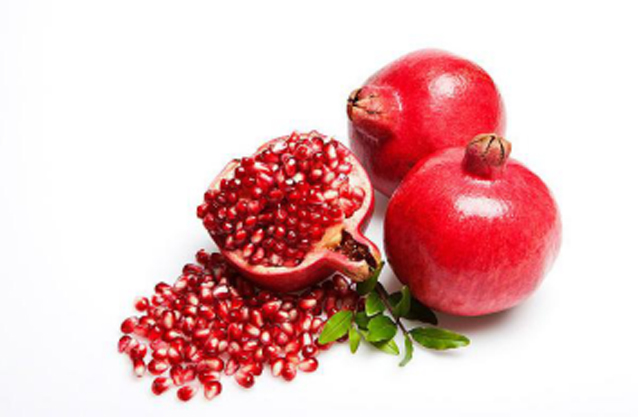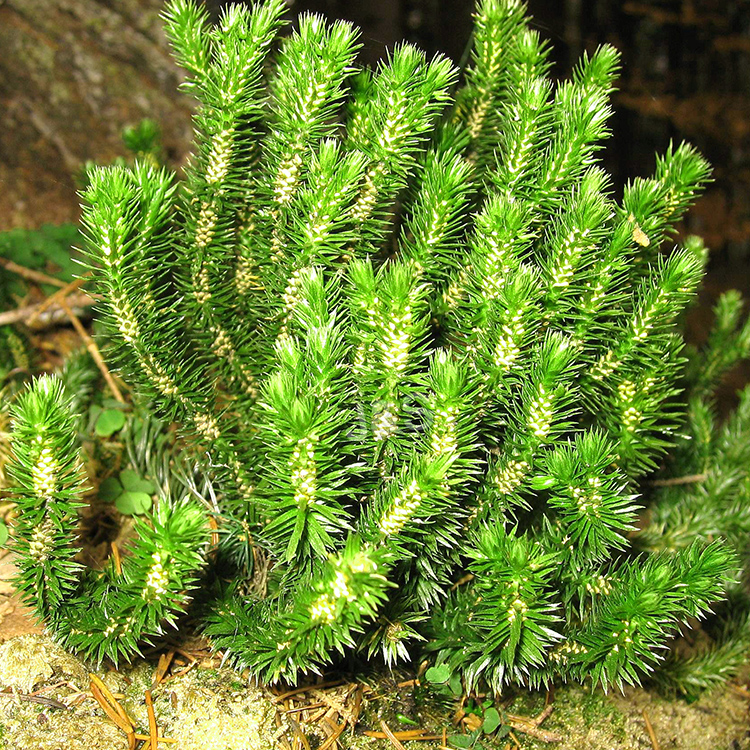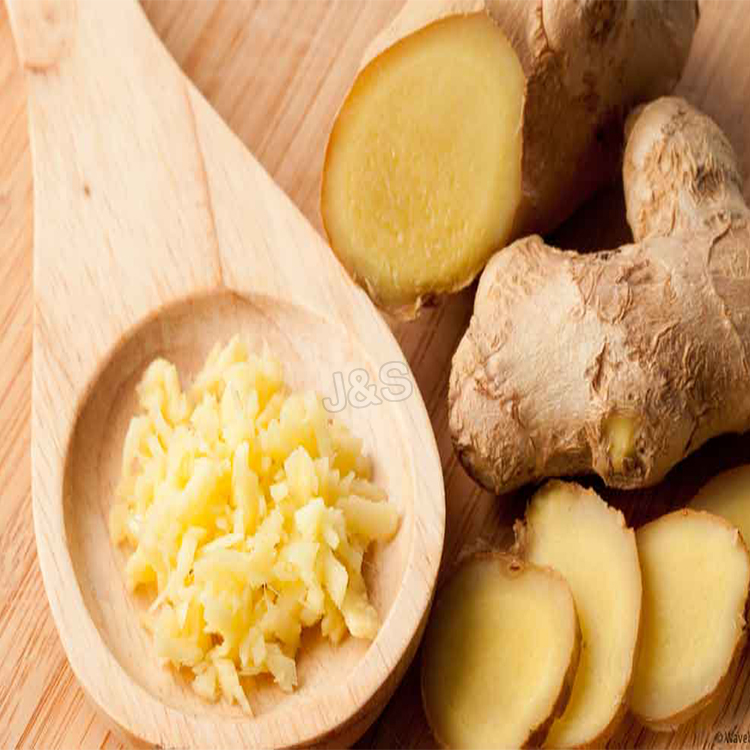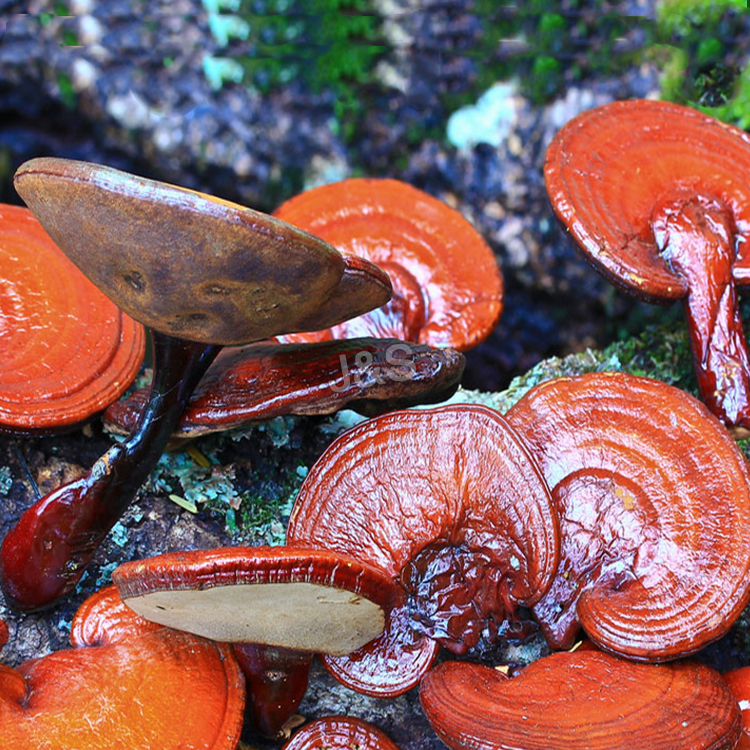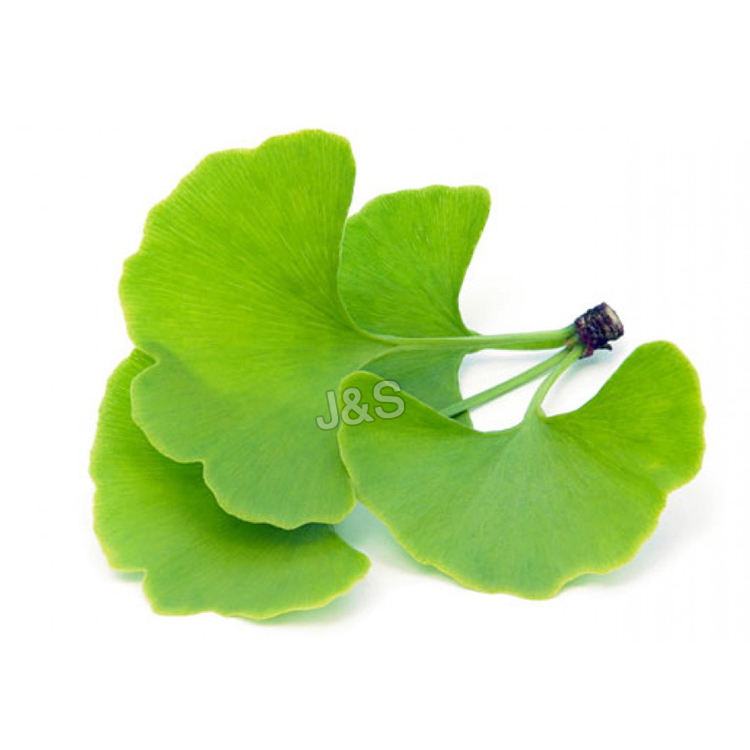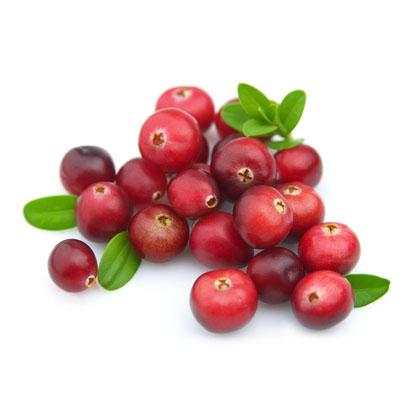Wholesale Distributors for Pomegranate seed extract Wholesale to Hamburg
Wholesale Distributors for Pomegranate seed extract Wholesale to Hamburg Detail:
[Latin Name] Punica granatum L
[Plant Source] from China
[Specifications]Ellagic acid≥40%
[Appearance] Brown Fine Powder
Plant Part Used:Seed
[Particle size] 80 Mesh
[Loss on drying] ≤5.0%
[Heavy Metal] ≤10PPM
[Storage] Store in cool & dry area, keep away from the direct light and heat.
[Shelf life] 24 Months
[Package] Packed in paper-drums and two plastic-bags inside.
[Net weight] 25kgs/drum
Introduction
Pomegranate, (Punica granatum L in Latin), belongs to the family Punicaceae which includes only one genus and two species. The tree is native from Iran to the Himalayas in northern India and has been cultivated since ancient times throughout the Mediterranean region of Asia, Africa and Europe.
Pomegranate offers abundant benefits for the cardiovascular system by preventing damage to arterial walls, promoting healthy blood pressure levels, improving blood flow to the heart, and preventing or reversing atherosclerosis.
Pomegranate may benefit people with diabetes and those at risk for the disease. It helps lower after-meal blood sugar levels and protects the cardiovascular system from diabetes-induced damage.
Pomegranate shows promise in killing prostate cancer cells, whether the cells are hormone-sensitive or not. Pomegranate also helped halt the progression of prostate cancer in men who had undergone surgery or radiation for the disease.
Pomegranate may fight the degeneration of joint tissue that leads to painful osteoarthritis, and may protect the brain against oxidative stress-induced changes that can lead to Alzheimer’s. Pomegranate extracts—alone or in combination with the herb gotu kola—help kill the bacteria that contribute to dental plaque, while helping to heal gum disease. Pomegranate also appears to protect the health of the skin and liver.
Function
1.Anti-cancer of rectum and colon, esophageal carcinoma,liver cancer,lung cancer,carcinoma of tongue and skin.
2.Restrain to human immunodeficiency virus(HIV) and many kinds of microbe and virus.
3.Anti-oxidant, coagulant, descenting blood pressure and sedation.
4.Resist to anti-oxidance, senescence inhibition and skin whitening
5.Treat kinds of symptoms caused by high blood sugar, hypertension.
6.Resist to atherosclerosis and tumour.
Application
Pomegranate P.E. can be made into capsules, troche and granule as healthy food. Besides, it has good solubility in water plus the solution transparence and brilliance color, has been widely added into the beverage as the functional content.
Product detail pictures:
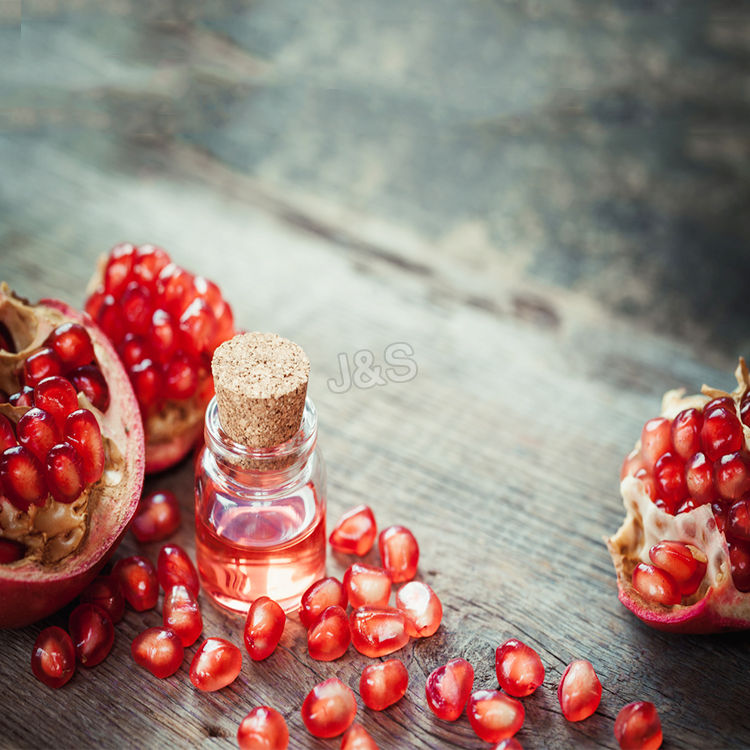
Related Product Guide:
Fast and very good quotations, informed advisers to help you choose the correct merchandise that suits all your preferences, a short creation time, responsible excellent command and different companies for paying and shipping affairs for Wholesale Distributors for Pomegranate seed extract Wholesale to Hamburg , The product will supply to all over the world, such as: Accra, Ukraine, Brazil, We can meet the various needs of customers at home and abroad. We welcome new and old customers to come to consult & negotiate with us. Your satisfaction is our motivation! Allow us to work together to write a brilliant new chapter!
https://www.ibiology.org/ibioseminars/jared-leadbetter-part-1.html
Talk Overview:
Leadbetter begins his seminar by comparing the biological diversity in the gut of the termite to the diversity found in the Sargasso Sea. The hindgut of the dampwood termite Zootermopsis nevadensis has one of the highest densities of microbes found on earth and includes bacteria, archaea and eukaryotes of all shapes and sizes. Protozoa in the termite gut breakdown the polysaccharides in wood to produce acetate; a food source for the termite. The breakdown of wood also produces H2 and CO2. Archaea in the gut convert the H2 and CO2 to methane, while bacteria compete to convert the H2 and CO2 to more acetate thus reducing methane production. Leadbetter and his colleagues were the first to identify and successfully culture acetogenic spirochetes from the termite gut. They have since found gut bacteria capable of fixing atmospheric nitrogen and producing protein. Using genetics, Leadbetter is now studying the diversity and evolution of termites and their gut bacteria.
Speaker Biography:
Jared Leadbetter was an undergraduate biology student at Goucher College when he attended a summer course on microbial diversity at the Marine Biological Laboratory in Woods Hole, Massachusetts. It was here that he first became fascinated with the amazing environment of the termite gut. Leadbetter went on to study termite gut microbes for his PhD at Michigan State University and as a post-doc at the University of Iowa.
Currently, Leadbetter is a professor of Environmental Microbiology and Environmental Science and Engineering at the California Institute of Technology. He is also co-director, with Dianne Newman, of the Marine Biological Lab’s summer course on Microbial Diversity. Using physiological, chemical and molecular genetics techniques, Leadbetter’s lab strives to understand the symbiotic relationship between termites and their diverse gut microbes. A better understanding of how termite gut microbes limit methane production and how they break down material such as lignin and cellulose may help reduce methane production by cows and improve the production of biofuels.
How to Grow Stevia in containers
It would be difficult, at best, to start a stevia patch from scratch — that is, by planting seeds. Even if you could get them to germinate, results might well prove disappointing, since stevioside levels can vary greatly in plants grown from seed.
The recommended method is rather to buy garden-ready ‘starter’ plants, which given stevia’s ‘growing’ popularity, may well be obtainable from a nursery or herbalist in your area — provided you’re willing to scout around a bit. If you’re not, or are unsuccessful in locating any, there are at least three growers of high-quality stevia who will ship you as many baby plants as you’d like.
Keep in mind that not all stevia plants are created equal in terms of stevioside content, and, hence, sweetness. It’s therefore a good idea to try to determine if the plants you’re buying have been grown from cuttings whose source was high in stevioside.
Because tender young stevia plants are especially sensitive to low temperatures, it’s important that you wait until the danger of frost is past and soil temperatures are well into the 50s and 60s before transplanting them into your garden.
Once you begin, it’s best to plant your stevia in rows 20 to 24 inches apart, leaving about 18 inches between plants. Your plants should grow to a height of about 30 inches and a width of 18 to 24 inches.
We have been cooperated with this company for many years, the company always ensure timely delivery ,good quality and correct number, we are good partners.

